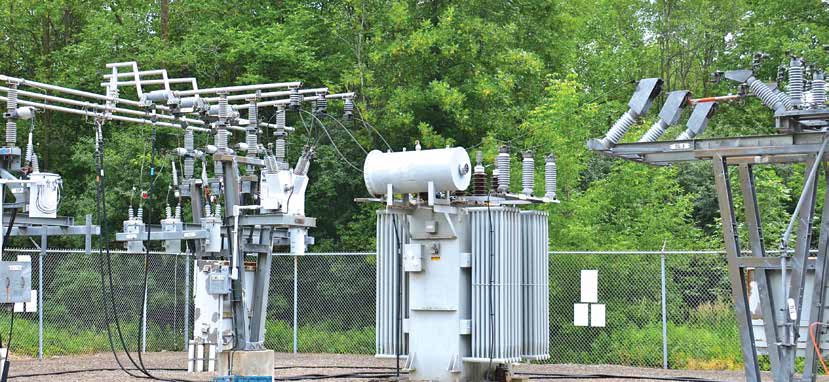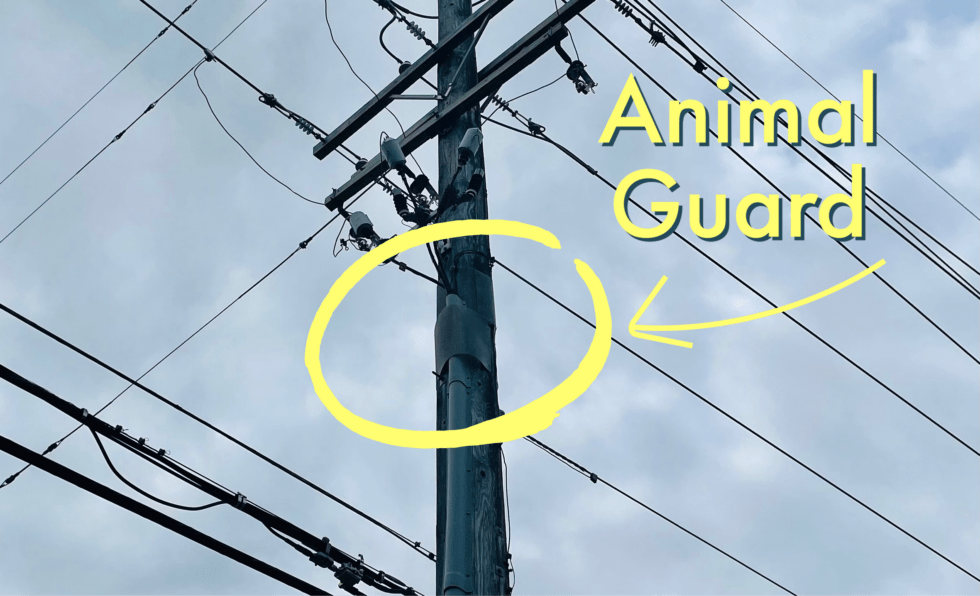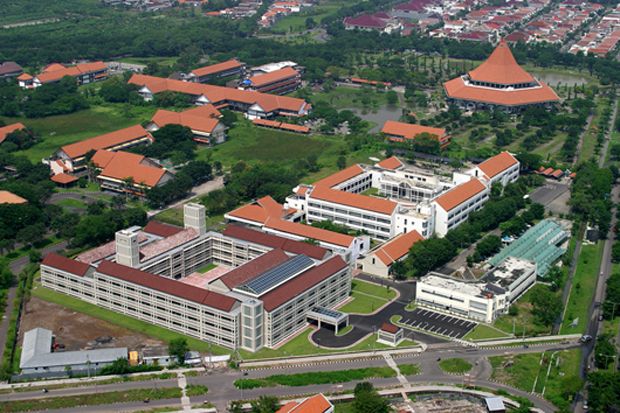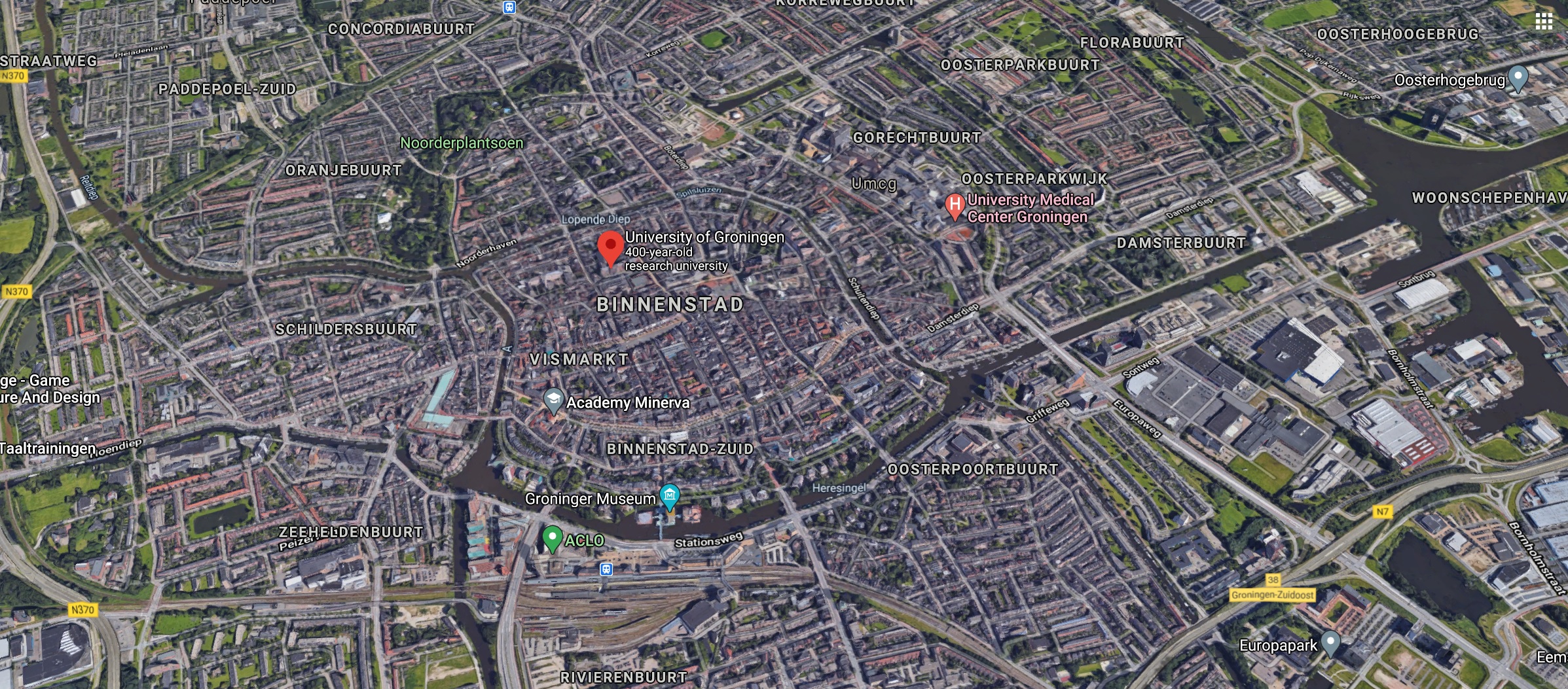Small Cafe Kitchen Layout Strategy
Ensuring safety and sustainability in small kitchenettes is crucial for the well-being of individuals and the environment. While specific standards may vary by location and regulations, here is a general list of safety and sustainability standards that are commonly applicable to small kitchenettes:
- Fire Safety:
- Adequate fire suppression systems (fire extinguishers, sprinkler systems).
- Fire-resistant materials in construction.
- Proper ventilation to prevent the accumulation of smoke and fumes.
- Electrical Safety:
- Compliance with electrical codes and standards.
- Ground fault circuit interrupters (GFCIs) for electrical outlets.
- Regular inspection and maintenance of electrical appliances.
- Gas Safety:
- Installation and maintenance of gas appliances according to safety standards.
- Gas leak detection and emergency shut-off systems.
- Appliance Safety:
- Certification from relevant safety agencies for kitchen appliances.
- Proper installation and maintenance of appliances.
- Adequate spacing between appliances to prevent overheating.
- Ventilation and Air Quality:
- Effective ventilation systems to remove cooking odors, smoke, and pollutants.
- Use of energy-efficient ventilation systems to promote sustainability.
- Water Conservation:
- Low-flow faucets and water-efficient appliances.
- Regular maintenance to fix leaks promptly.
- Water-saving practices communicated to users.
- Waste Management:
- Separate bins for recycling and composting.
- Proper disposal of hazardous materials, such as cooking oils.
- Education on waste reduction and recycling practices.
- Energy Efficiency:
- Energy-efficient lighting and appliances.
- Use of natural light when possible.
- Regular maintenance of equipment to ensure optimal efficiency.
- Accessibility:
- Design considerations for individuals with disabilities.
- Clear pathways and accessible storage options.
- Hygiene and Sanitation:
- Adequate handwashing facilities.
- Regular cleaning and sanitation schedules.
- Pest control measures.
Specific requirements may vary based on the size of the kitchenette, its location, and the intended use. There are state, municipal and organizational variants on the nationally developed standards.
























